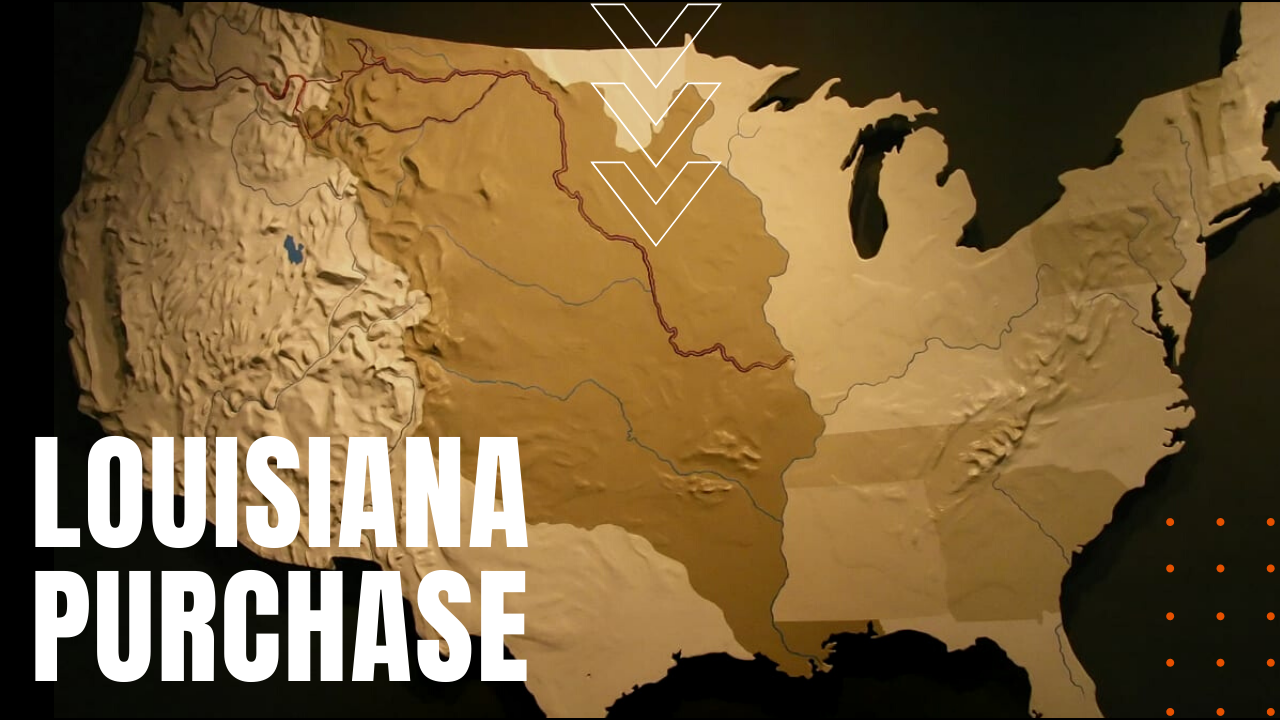The Louisiana Purchase: Jefferson, Napoleon, Monroe and Livingston

In 1801, after Spain secretly returned the Louisiana Territory to France, Americans grew ever more fearful that France’s emerging new leader, Napoleon Bonaparte, had plans to tighten his hold on New Orleans and vital shipping routes along the Mississippi, prompting President Thomas Jefferson to write in a letter to Robert Livingston, the U.S. minister to France, that “The day France takes possession of New Orleans…we must marry ourselves to the British fleet and nation.”
A year later, after Spain revoked a U.S.-Spanish treaty granting Americans the right to store goods in New Orleans, Jefferson sent future U.S. president James Monroe to Paris, where Livingston had previously been tasked with negotiating the purchase of New Orleans for an estimated ceiling price of $10 million.
Instead, due to France’s weakened economy and Napoleon’s impending war with Great Britain, even before Monroe’s ship arrived into France, in April of 1803, Livingston was taken by surprise when French officials asked him if the U.S. might be interested in purchasing the entirety of the Louisiana Territory—some 828,000 square miles of pristine land, thereby doubling the size of the young republic.
How Much was the Louisiana Purchase?
Upon Monroe’s arrival, negotiations came to a rapid end, when in late April the team of U.S. emissaries agreed to pay $15,000,000 for what would later become all or part of 15 American states.
When was the Louisiana Purchase
Dated April 30th and signed on May the 2nd, in October of 1803, the U.S. Senate ratified the purchase, which was officially transferred by France the following month. Purchased for less than three cents an acre, combined with Jefferson’s commissioning of the Lewis and Clark Expedition of 1803 to 1806, the Louisiana Purchase proved to be one of Jefferson’s most notable achievements while in office, which in turn unleashed a near-immediate flood of westward expanding settlers onto lands once the exclusive domain of Native American people.
Some four decades later, following the 1845 annexation of Texas from Mexico and 1846 ceding of the Oregon Territory from Great Britain, President James K. Polk’s firm belief in Manifest Destiny led to the Mexican American War of 1846 to 1848, which added the last major piece of today’s contiguous 48 American states, making the Louisiana Purchase, one of the largest, bargain-basement deals in real estate history.
